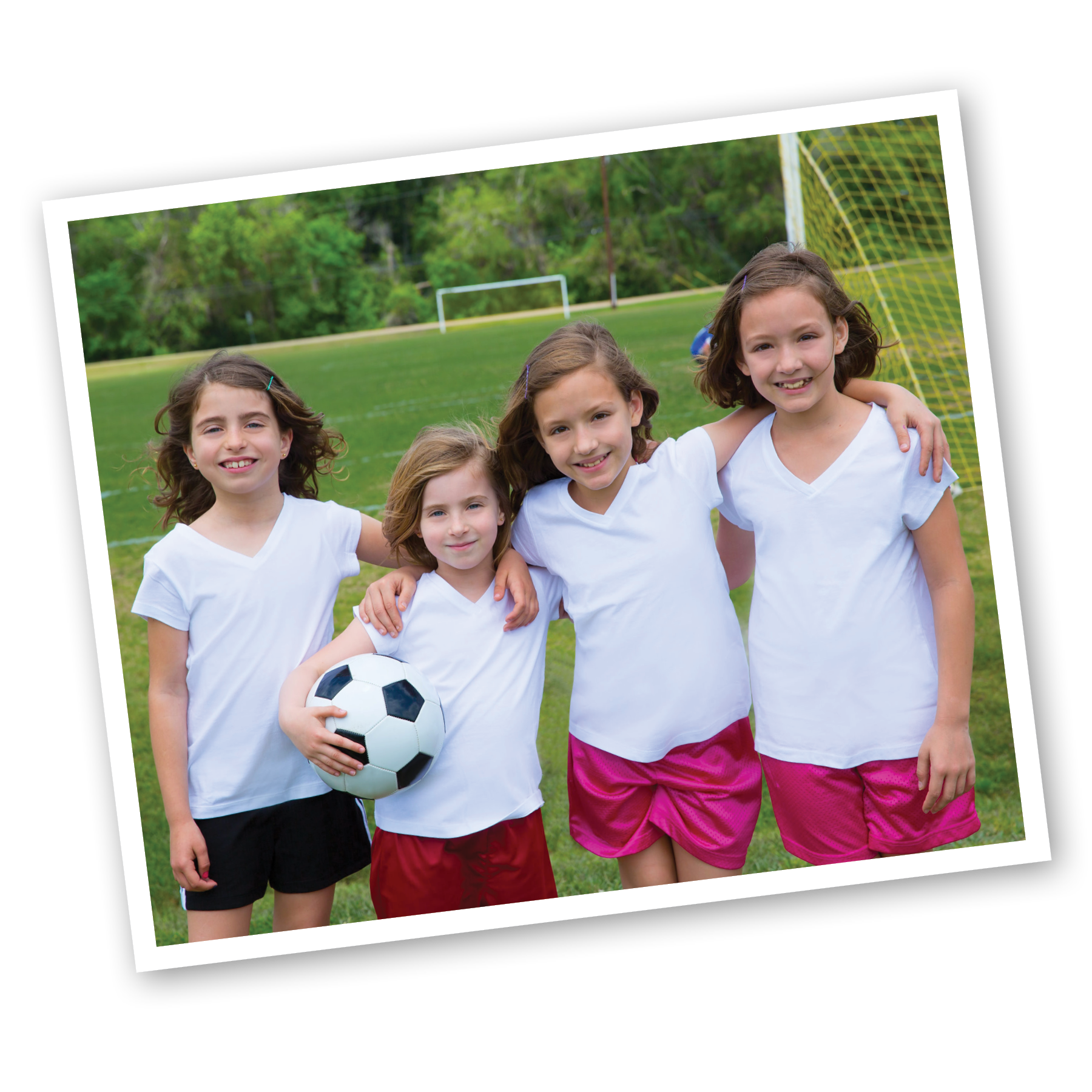
Environmentally Friendly. 2,500 square feet of living, growing grass plants release enough oxygen for a family of four for a year. Grass absorbs carbon dioxide, helping to reduce global warming.
Microorganism Utopia. Grass and the topsoil are home to zillions of beneficial organisms that break down and recycle organic and inorganic products that fall into the grass.
Aquifer Recharger. The area inside a typical high school football/track complex is about 2 acres. Over 2 million gallons of water from rain will fall on this area if it rains 40 inches a year. Grass will filter the water as it flows into the groundwater.
Cooler Surface. Grass provides a cooler place to play than bare dirt, cement, asphalt or artificial turf. This occurs because the photosynthetic process in the leaves intercepts sunlight, utilizing the sun’s energy to make plant sugars instead of warming the dirt or other surface. Plants evaporate water as part of the process, which also cools the air.
Clean Surface Grass roots, thatch and leaves provide a good, clean surface to run and play on.
Better Appearance. The visual appearance and smell of grass are pleasing to people.
Fewer Health Risks. Years of study have shown no risks to playing on natural turf when fertilizers and pesticides are properly applied. No such proof exists from long-term exposure to elements in artificial turf, such as crumb rubber infill.
Recycles. Because grass has microorganisms, it is an excellent recycling center. Tree leaves, chewing gum, hard candy, peanut shells, vomit, urine, soda pop, spilled food, sports drinks, sunflower seed hulls, bird or animal manure, and bits of paper do not have to be picked up off a natural grass field, unlike on a artificial sports field, which saves on labor costs. Human diseases like MRSA that are transferred from a player to the grass are naturally disinfected. Grass fields do not need disinfecting.
Self-Repairs. Natural grass fields repair themselves. All sports fields sustain wear and damage when used. Living natural grass fields have the ability to repair and regenerate themselves. Man-made surfaces do not repair themselves. Natural grass fields can last two to three times longer than artificial fields.
Provides Traction. Grass gives good traction, but not great traction. Good traction means when players collide, the turf gives way, not human joints. Great traction is bad, because joints can break before a player’s foot slides on artificial turf.
Costs Less to Remove. End-of-life disposal costs are a small fraction of what it costs to remove and dispose of artificial turf.
NOTE: Red Hen Turf Farm does not sell Artificial Turf, Artificial Grass, or Astroturf. We strongly feel the cons of this type of product outweigh the pros, and Natural Grass is the way to go.
***
To be fair, anyone strongly in favor of synthetic sports floors should consider the attributes of natural grass with the same enthusiasm. Honesty, most people take for granted all the great things grass plants do.

Environmentally Friendly. 2,500 square feet of living, growing grass plants release enough oxygen for a family of four for a year. Grass absorbs carbon dioxide, helping to reduce global warming.
Microorganism Utopia. Grass and the topsoil are home to zillions of beneficial organisms that break down and recycle organic and inorganic products that fall into the grass.
Aquifer Recharger. The area inside a typical high school football/track complex is about 2 acres. Over 2 million gallons of water from rain will fall on this area if it rains 40 inches a year. Grass will filter the water as it flows into the groundwater.
Cooler Surface. Grass provides a cooler place to play than bare dirt, cement, asphalt or artificial turf. This occurs because the photosynthetic process in the leaves intercepts sunlight, utilizing the sun’s energy to make plant sugars instead of warming the dirt or other surface. Plants evaporate water as part of the process, which also cools the air.
Clean Surface Grass roots, thatch and leaves provide a good, clean surface to run and play on.
Better Appearance. The visual appearance and smell of grass are pleasing to people.
Fewer Health Risks. Years of study have shown no risks to playing on natural turf when fertilizers and pesticides are properly applied. No such proof exists from long-term exposure to elements in artificial turf, such as crumb rubber infill.
Recycles. Because grass has microorganisms, it is an excellent recycling center. Tree leaves, chewing gum, hard candy, peanut shells, vomit, urine, soda pop, spilled food, sports drinks, sunflower seed hulls, bird or animal manure, and bits of paper do not have to be picked up off a natural grass field, unlike on a artificial sports field, which saves on labor costs. Human diseases like MRSA that are transferred from a player to the grass are naturally disinfected. Grass fields do not need disinfecting.
Self-Repairs. Natural grass fields repair themselves. All sports fields sustain wear and damage when used. Living natural grass fields have the ability to repair and regenerate themselves. Man-made surfaces do not repair themselves. Natural grass fields can last two to three times longer than artificial fields.
Provides Traction. Grass gives good traction, but not great traction. Good traction means when players collide, the turf gives way, not human joints. Great traction is bad, because joints can break before a player’s foot slides on artificial turf.
Costs Less to Remove. End-of-life disposal costs are a small fraction of what it costs to remove and dispose of artificial turf.
NOTE: Red Hen Turf Farm does not sell Artificial Turf, Artificial Grass, or Astroturf. We strongly feel the cons of this type of product outweigh the pros, and Natural Grass is the way to go.
***
To be fair, anyone strongly in favor of synthetic sports floors should consider the attributes of natural grass with the same enthusiasm. Honesty, most people take for granted all the great things grass plants do.